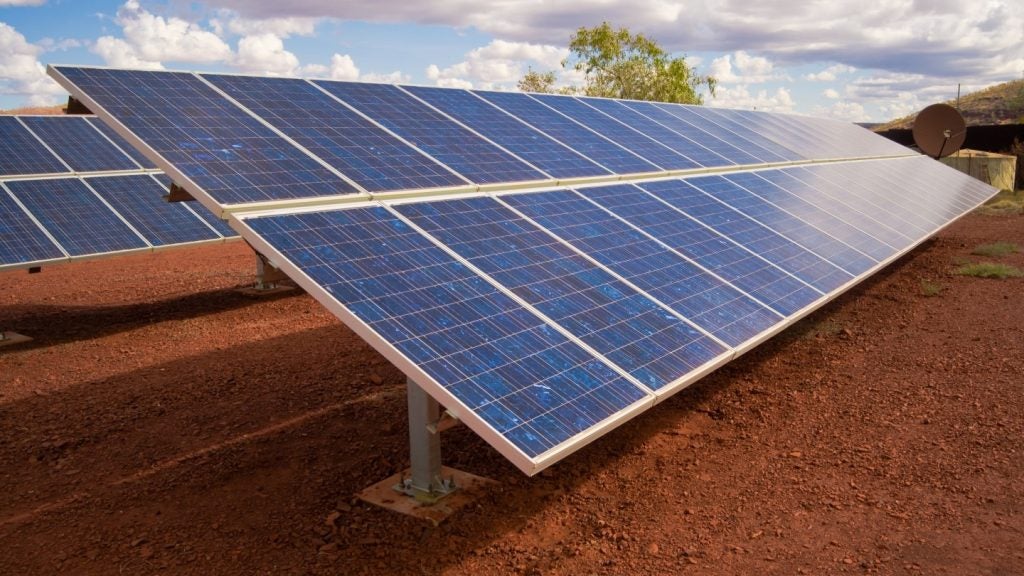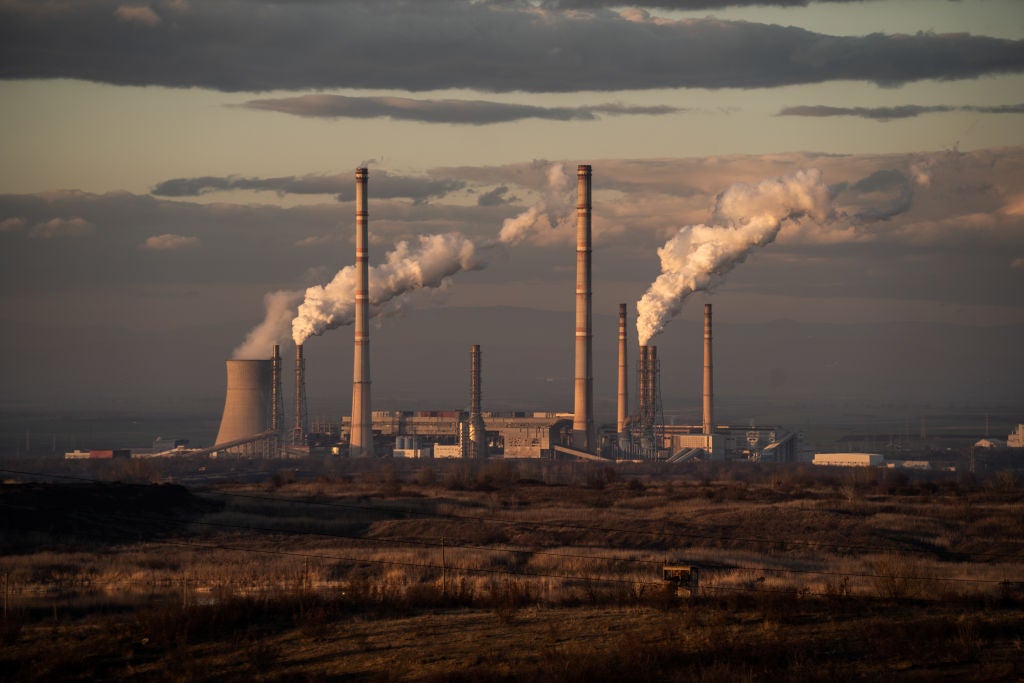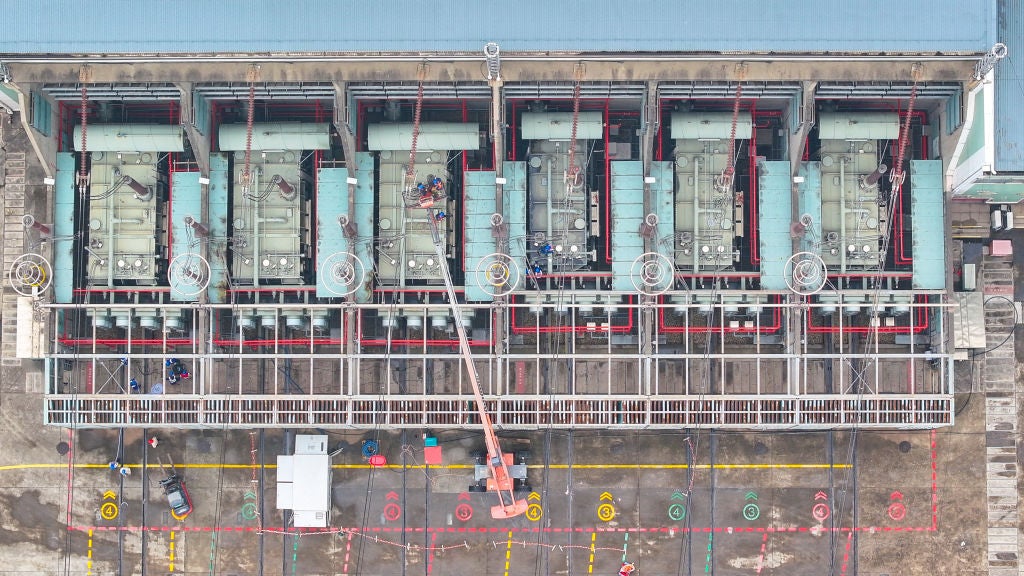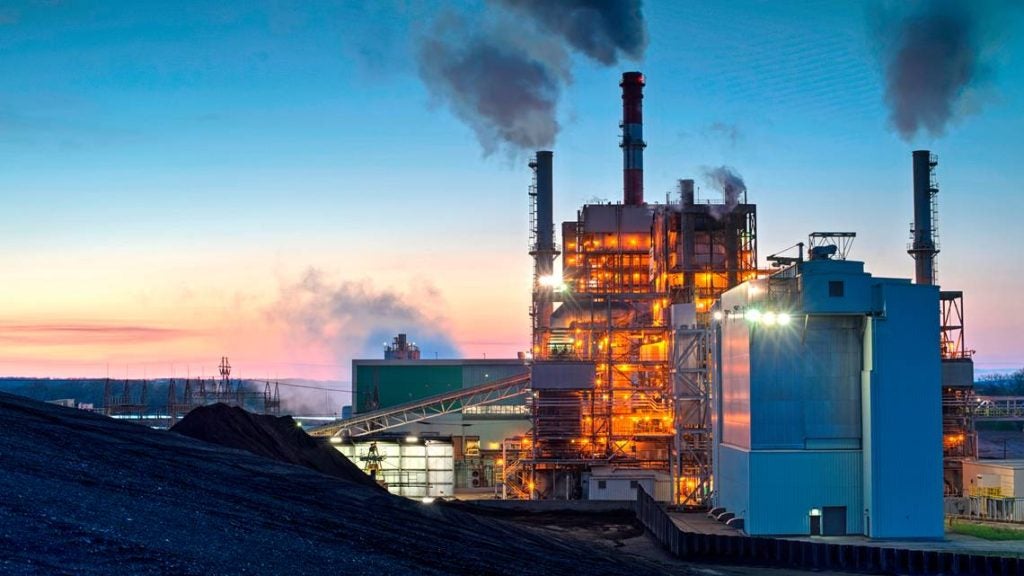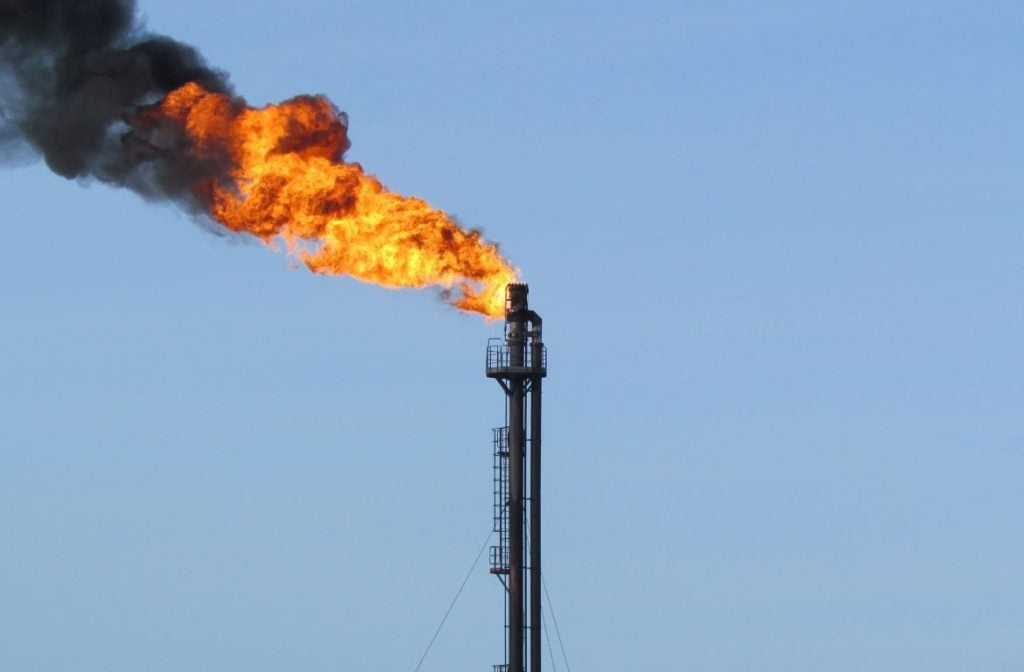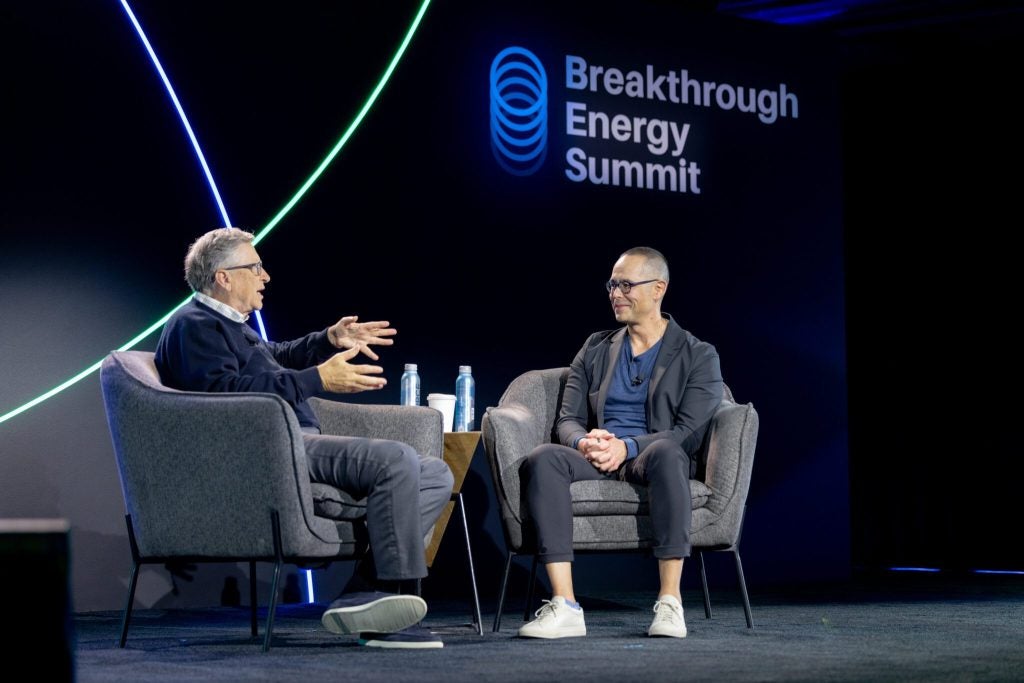Australia’s large-scale renewables industry saw a “significant downturn” in investment in 2023 despite the country’s overall growth in the sector, according to the country’s renewable energy body the Clean Energy Council (CEC).
Renewables accounted for 39.4% of Australia’s total electricity supply last year, up 9.7% from 2022 and a significant leap from 2017 when renewables accounted for just 17% of the country’s energy mix. Additional generation capacity for the year ended at 5.9GW, up from 5GW year-on-year, according to the CEC’s annual report published on 12 March.
More than half of Australia’s new capacity (3.1GW) came from small-scale rooftop solar, installed on homes or business buildings. In total, 337,498 households and businesses installed rooftop solar panels, up from 315,499 in 2022, accounting for 28.5% of all renewable generation for the year. In addition, 2.8GW of new large-scale project capacity was completed and hooked up to the grid.
CEC chief executive Kane Thornton said renewables had now reached a critical tipping point in the Australian energy mix, adding that the industry has faced “profound change” over the last 12 months.
“2023 was also a significant year for construction and new financial commitments to utility-scale storage. 27 battery projects are under construction, up from 19 at the end of 2022. Investment stands at a massive $4.9bn, up from $1.9bn in the year prior,” Thornton said.
However, despite an overall increase in domestic renewables capacity, a “significant downturn” in investment, particularly in large-scale generation projects, remains an issue for the sector, the report finds. Its authors said the country’s renewable sector is increasingly split between “particularly poor” investment in large-scale plants while rooftop solar continues to boom, with investments in batteries “storming ahead”.
No new financial commitments to utility-scale wind projects occurred last year, a situation the CEC described as “disheartening”. Only seven new financial commitments for utility-scale solar projects totalling 921MW were recorded, down from ten projects totalling 1.5GW at the end of 2022. Just $1.5bn was secured for new projects in 2023, less than a quarter of the $6.5bn invested in 2022.
The report comes as data from the Australian Energy Markets Operator shows coal power stations expanded generation in the first two months of 2024 as heatwaves in the country’s east sent demand soaring. Australia’s power generation system is the second most coal-dependent in the OECD [Organisation for Economic Co-operation and Development], behind Poland, according to statistics from climate think tank Ember.
Industry hopes of a revival for large-scale projects hinge in part on the federal Labour government’s capacity investment scheme (CIS), a national framework designed to increase investment in renewables. Last November, the government announced ambitious plans to add 32GW of renewable capacity to the national grid by 2030 by expanding the CIS.
In October, the CEC recommended that the federal government invest a minimum of $10bn in renewables projects annually over the next ten years, or $100bn collectively by the mid-2030s, if it is to achieve its 82% renewable capacity by 2030 target.


